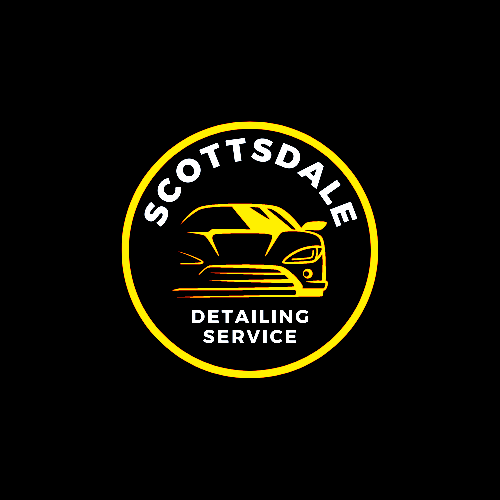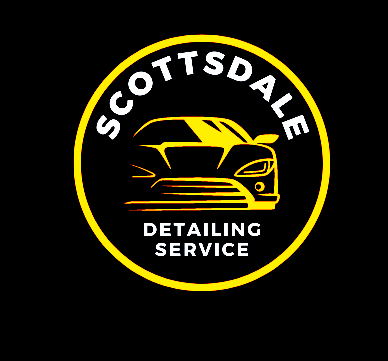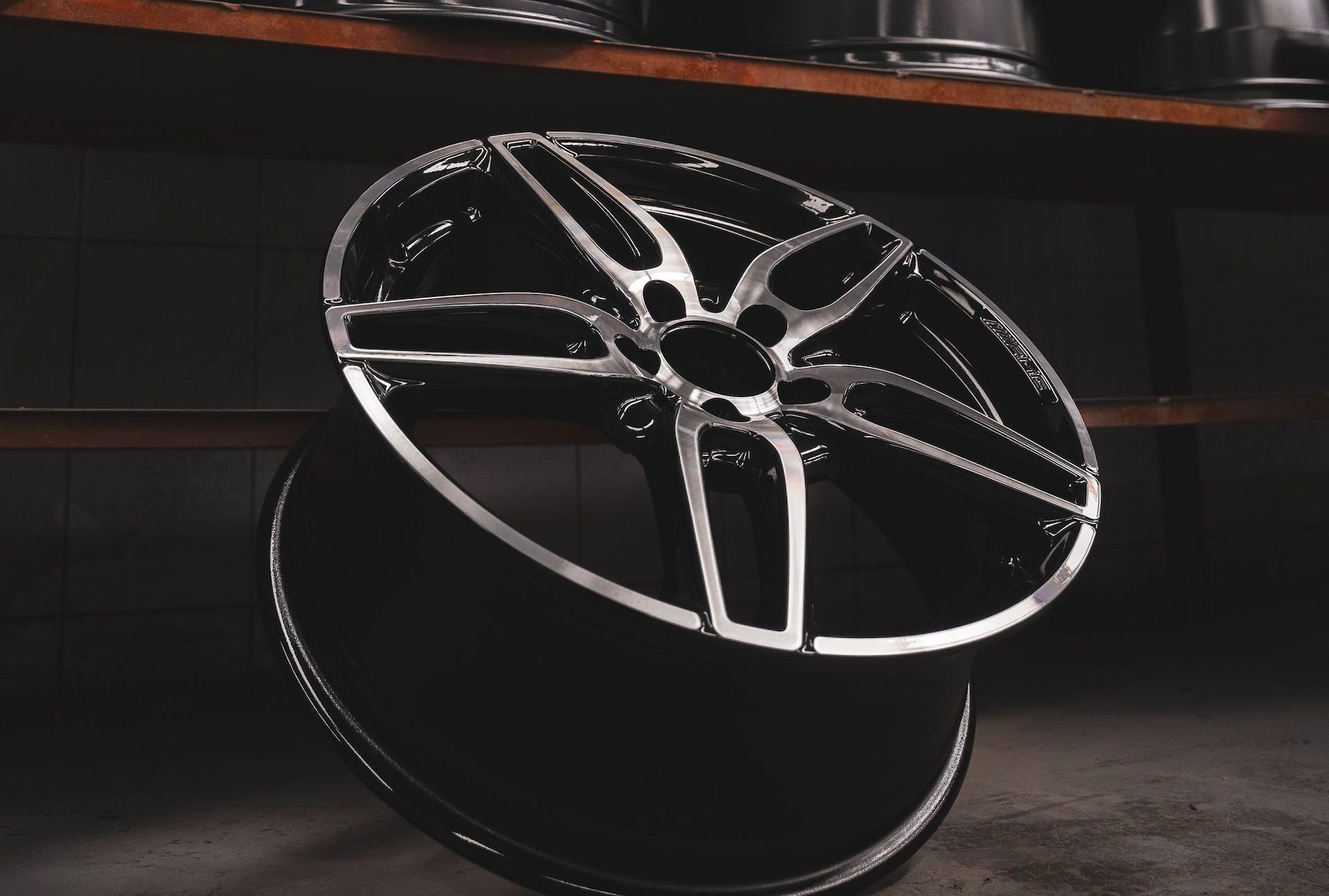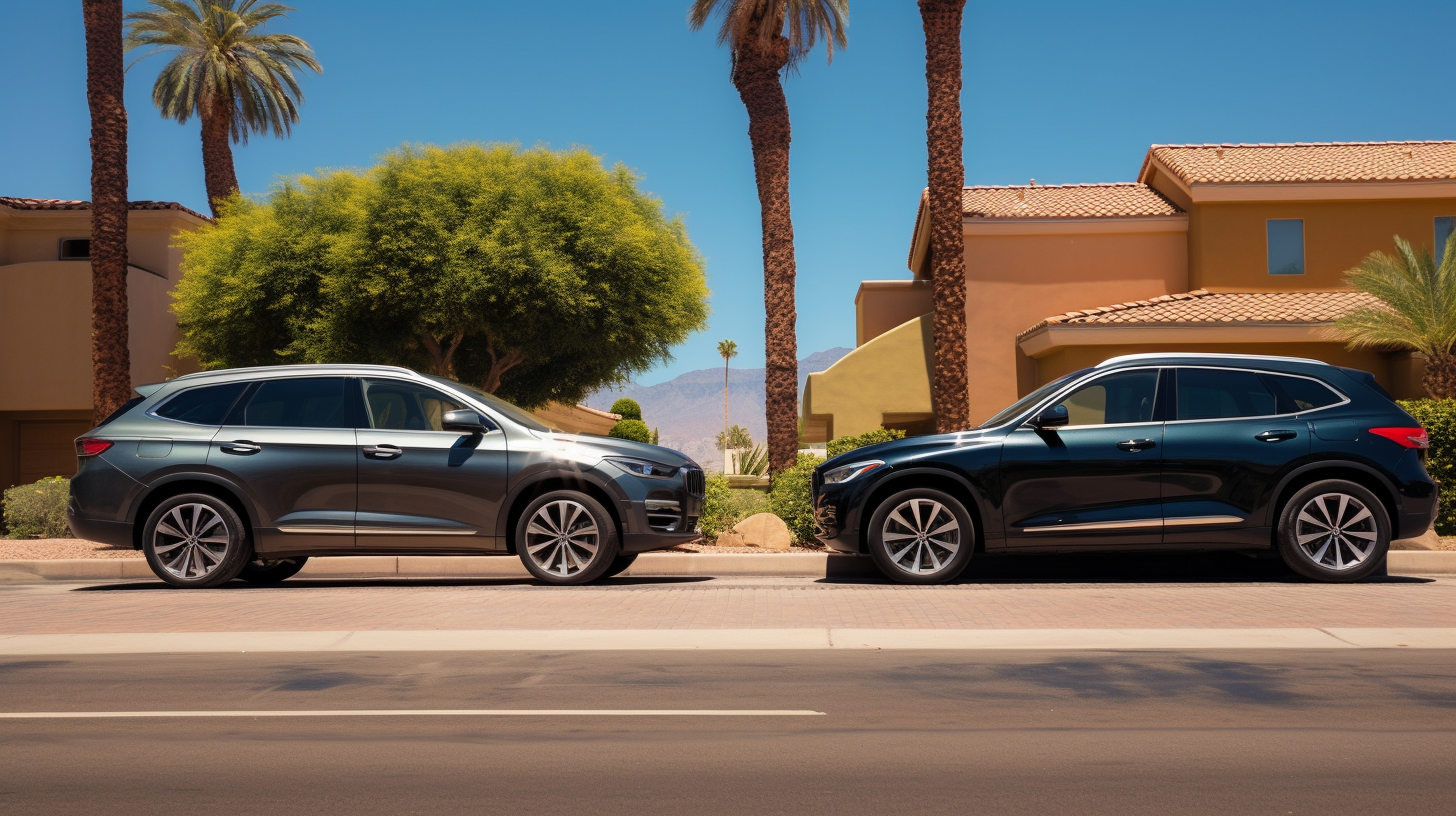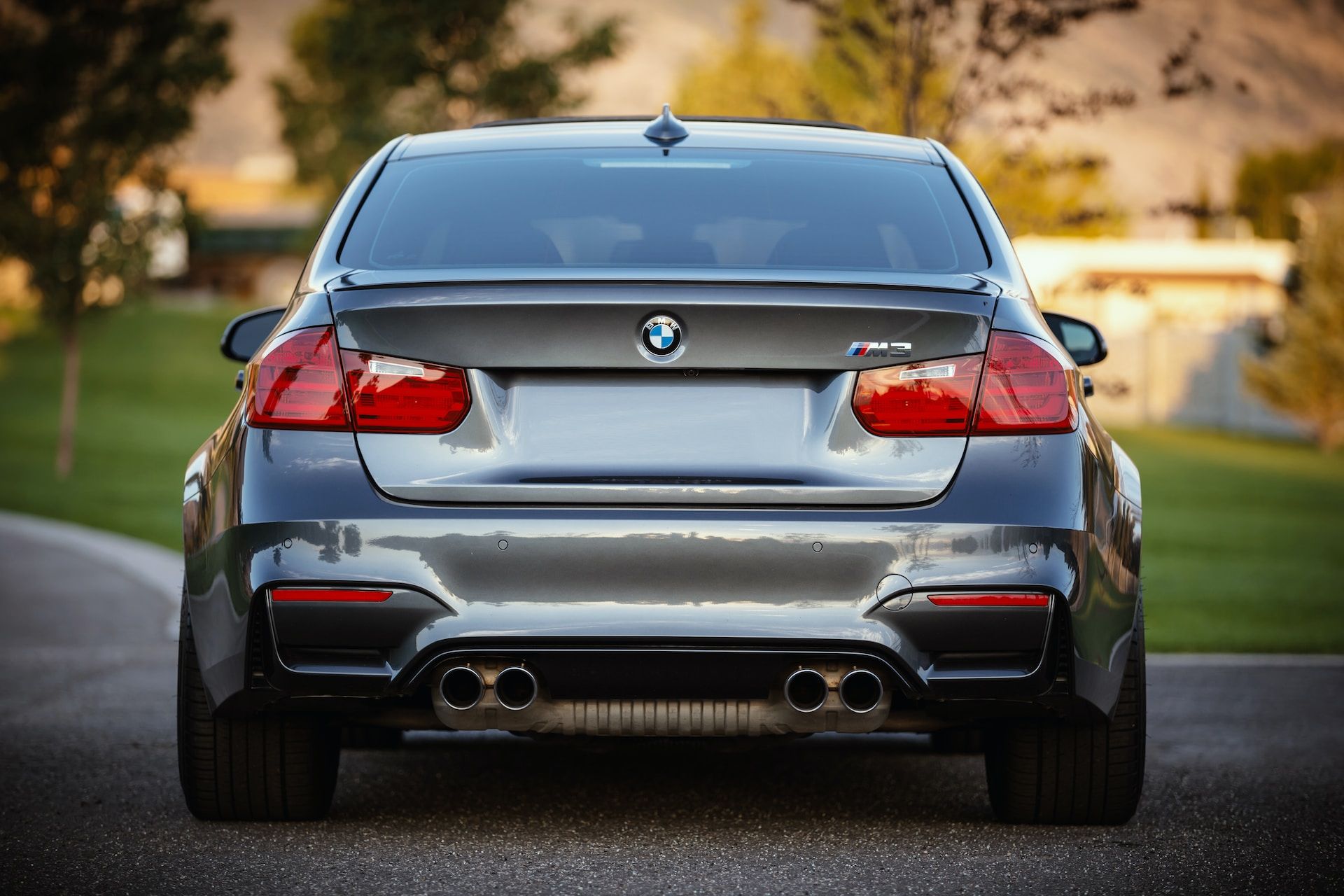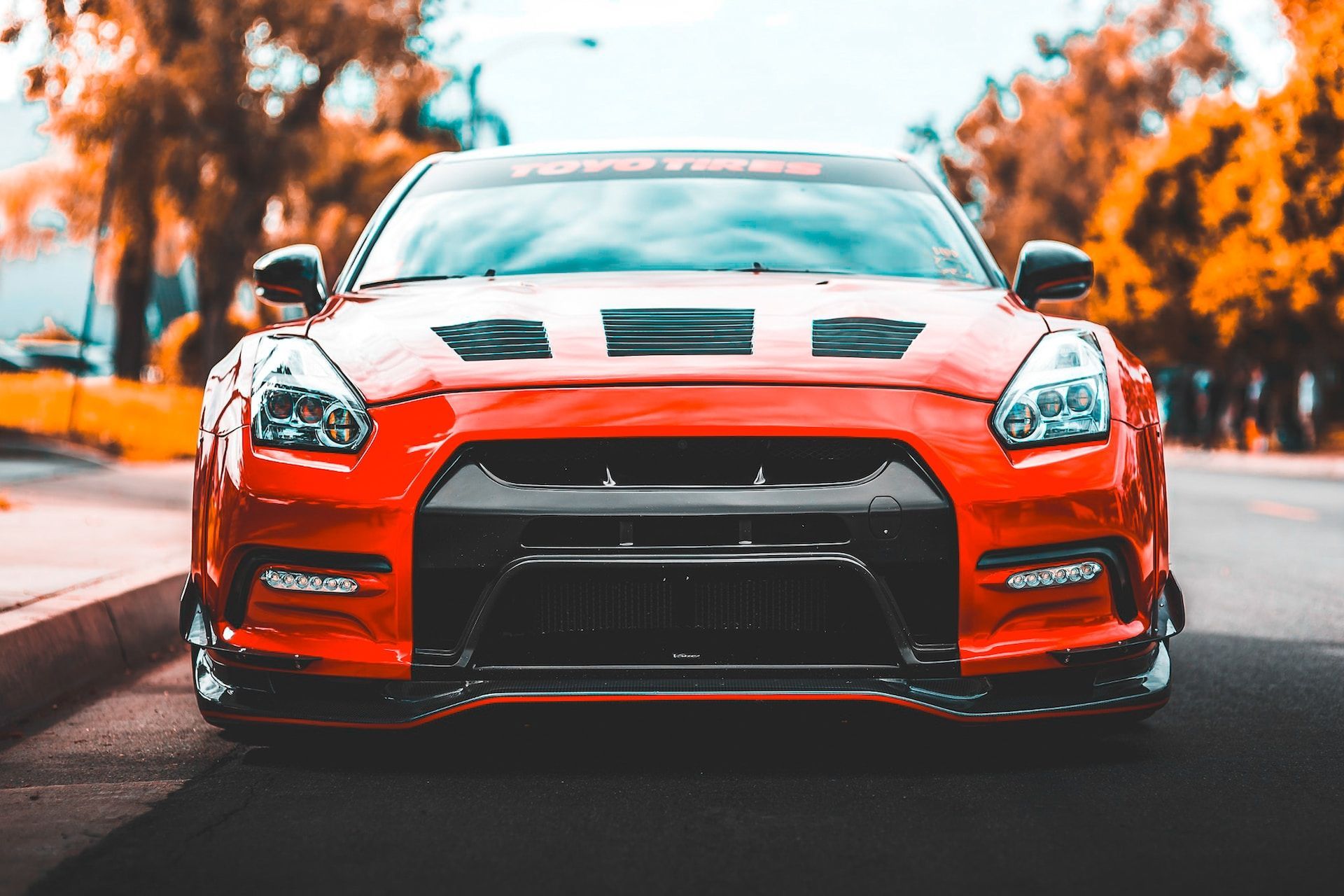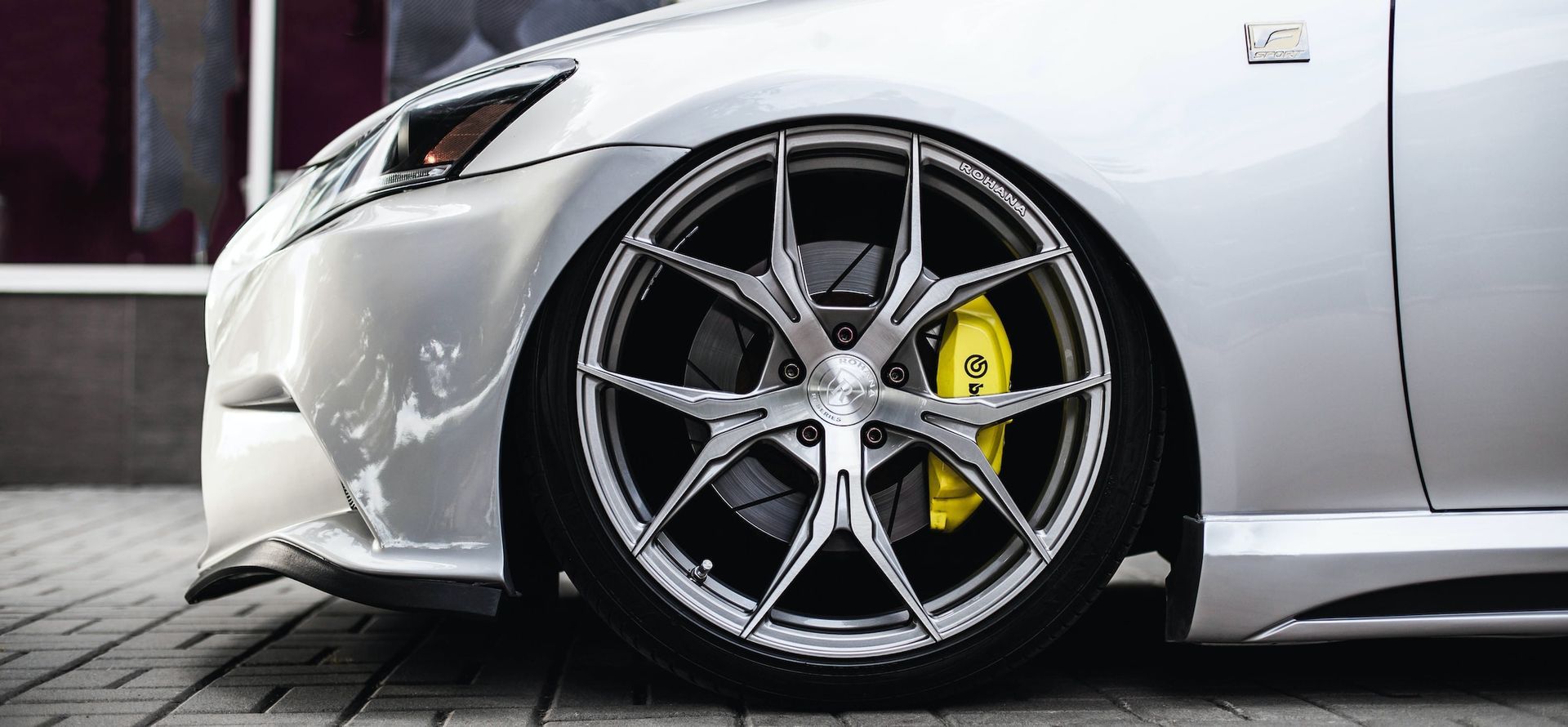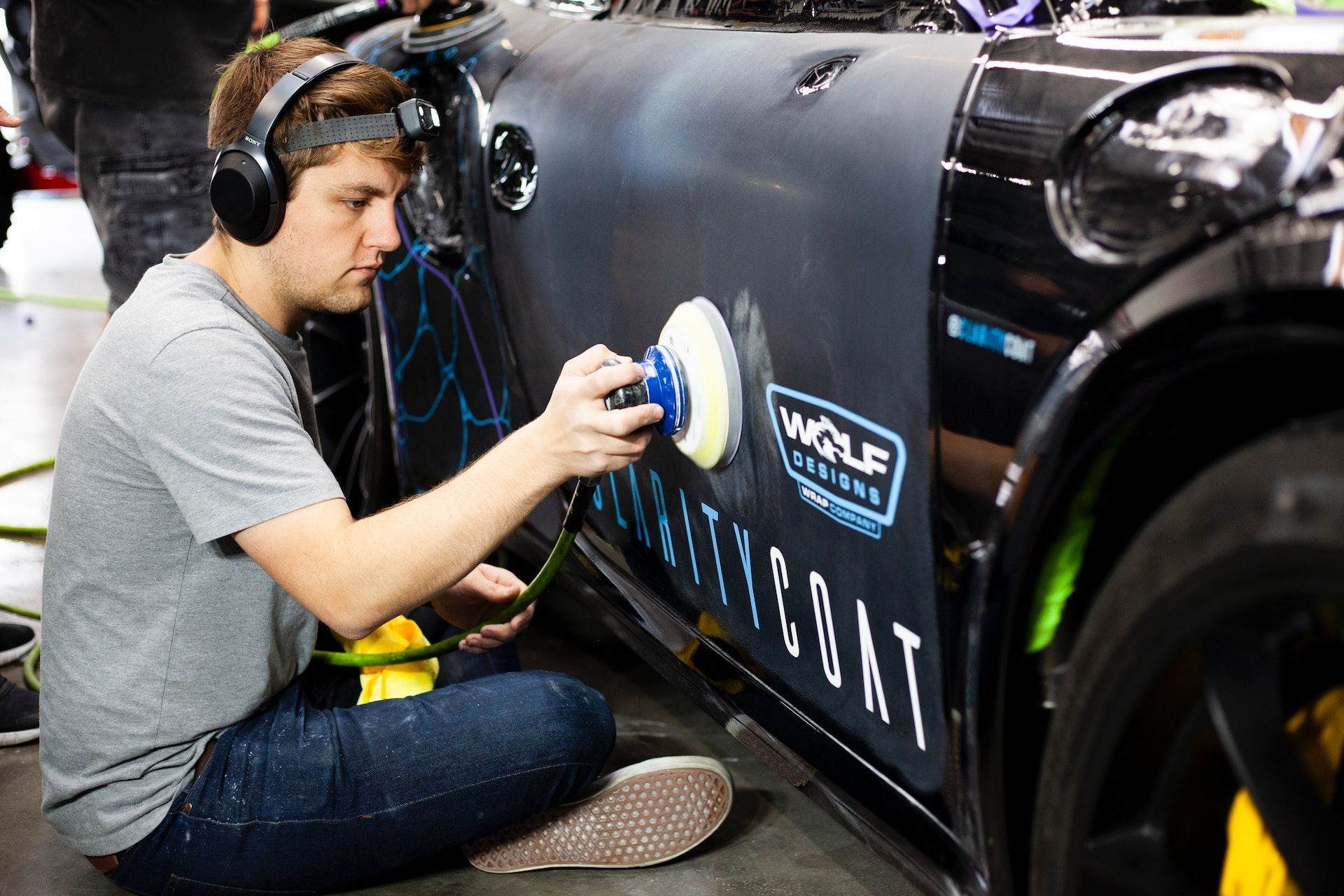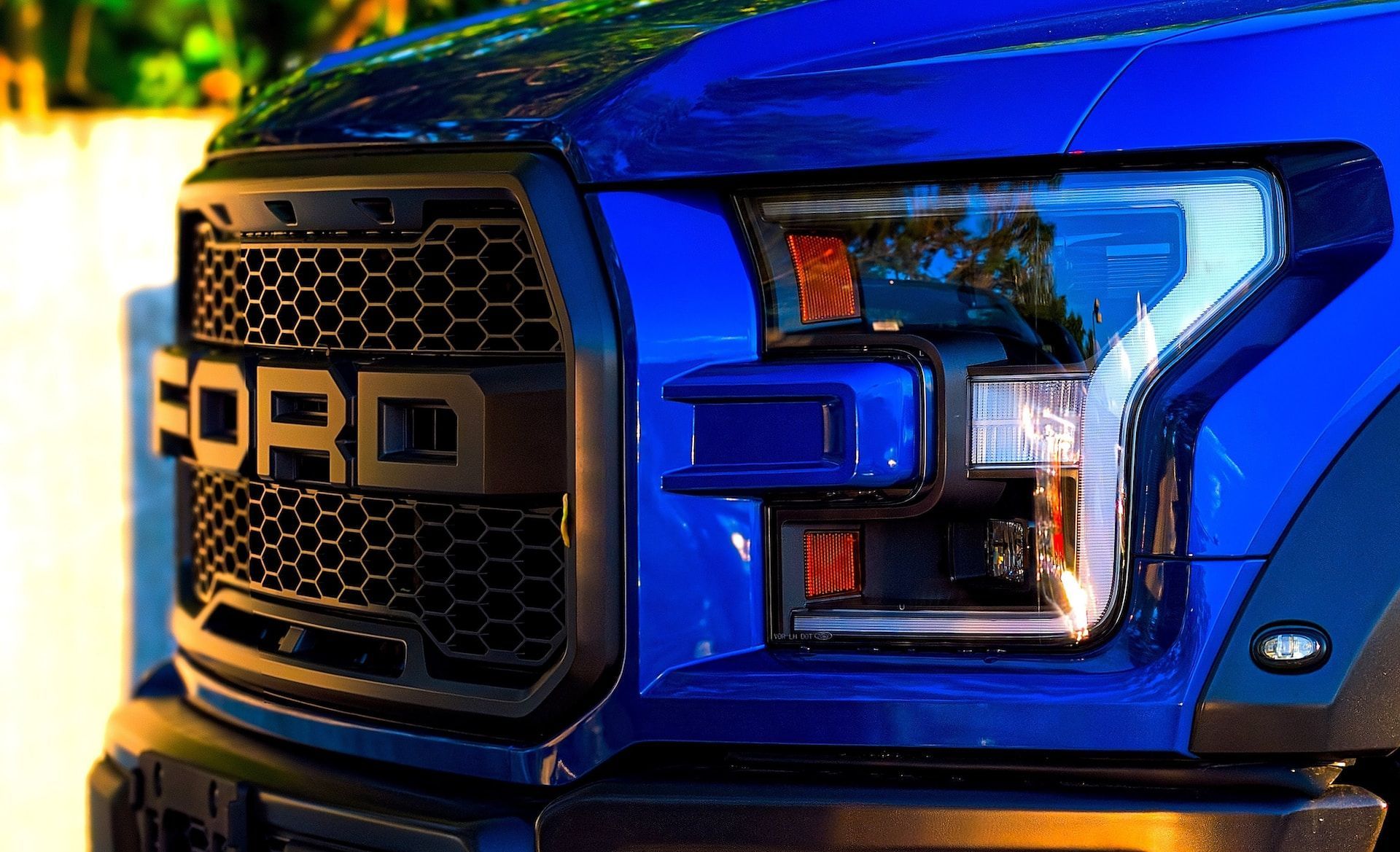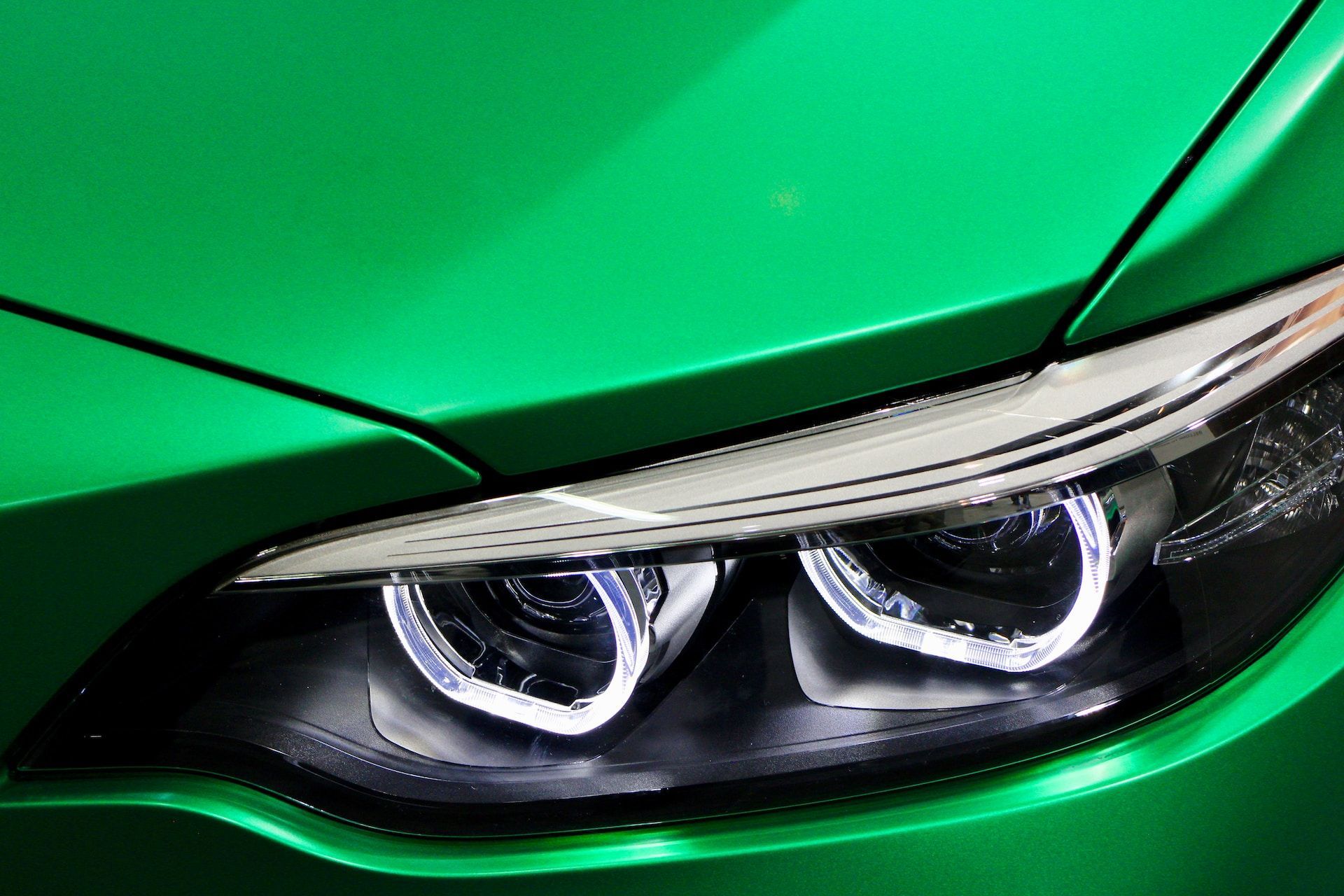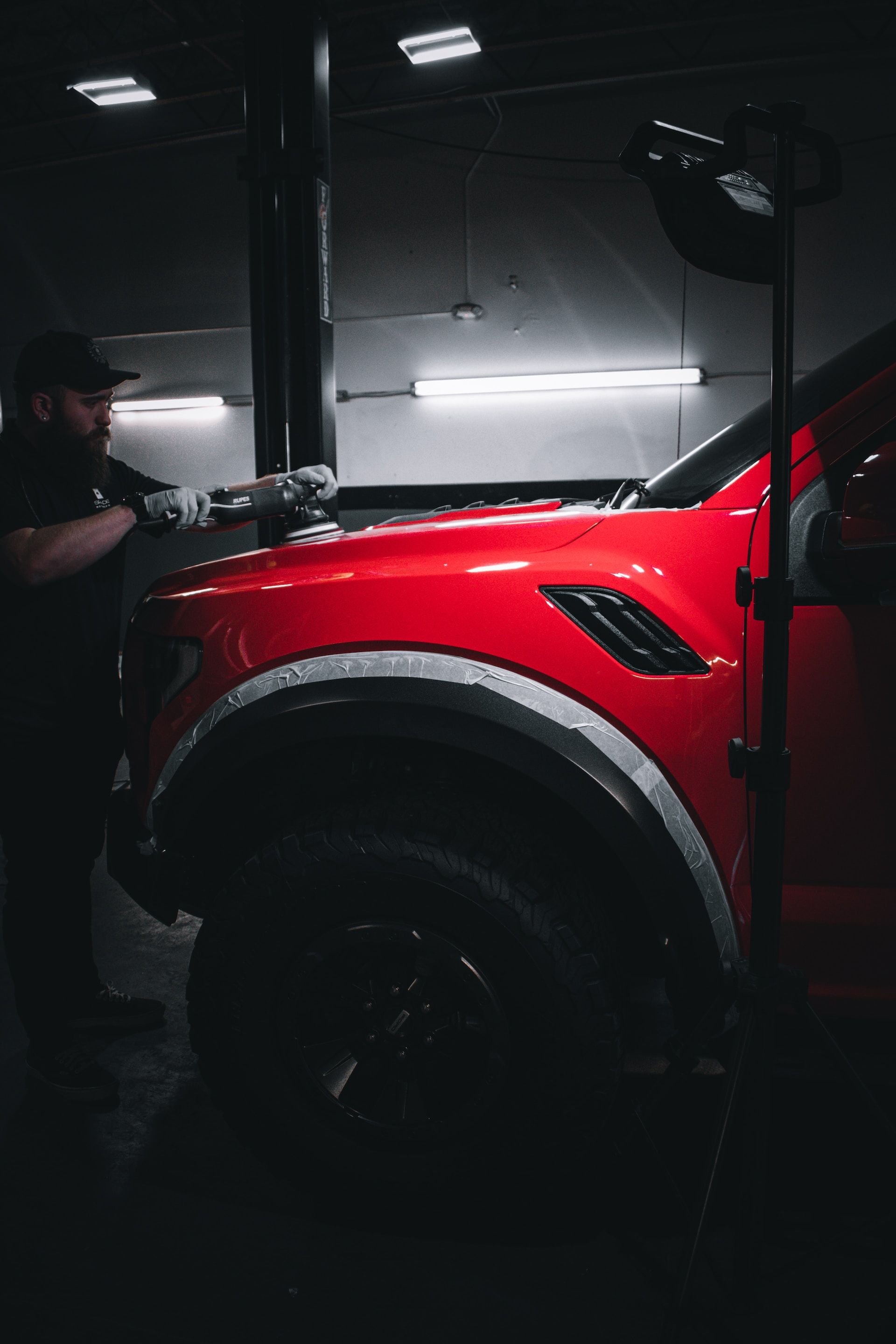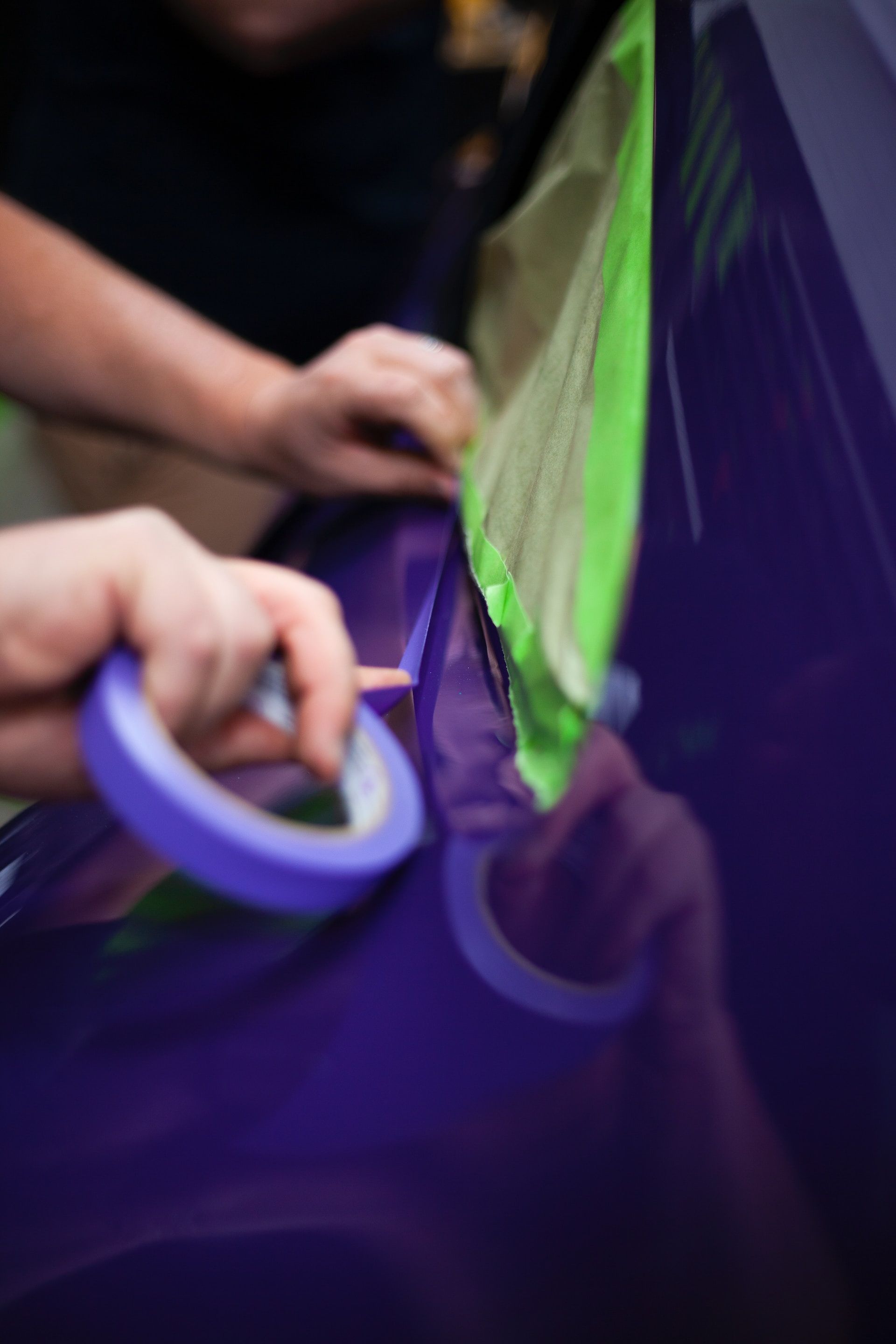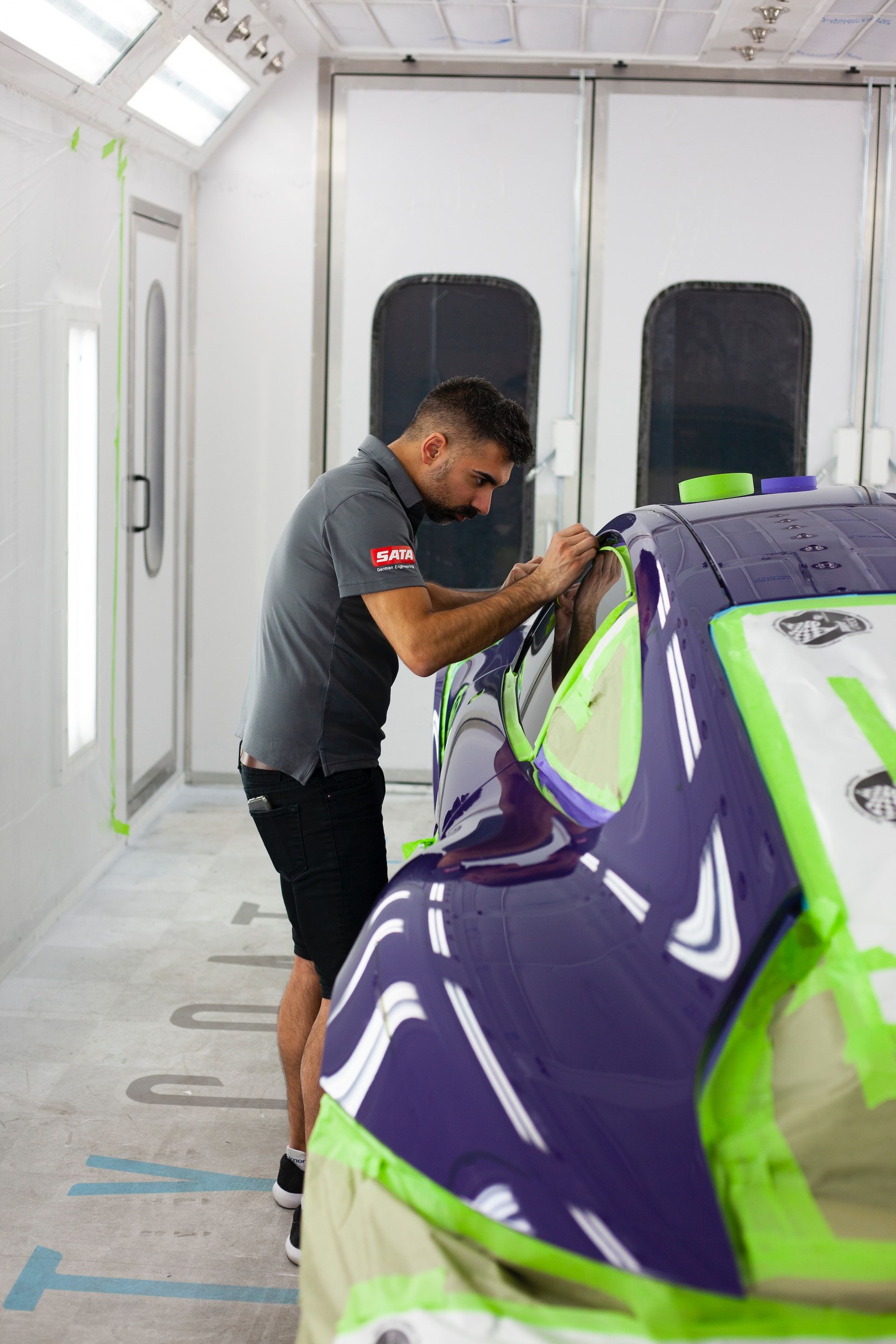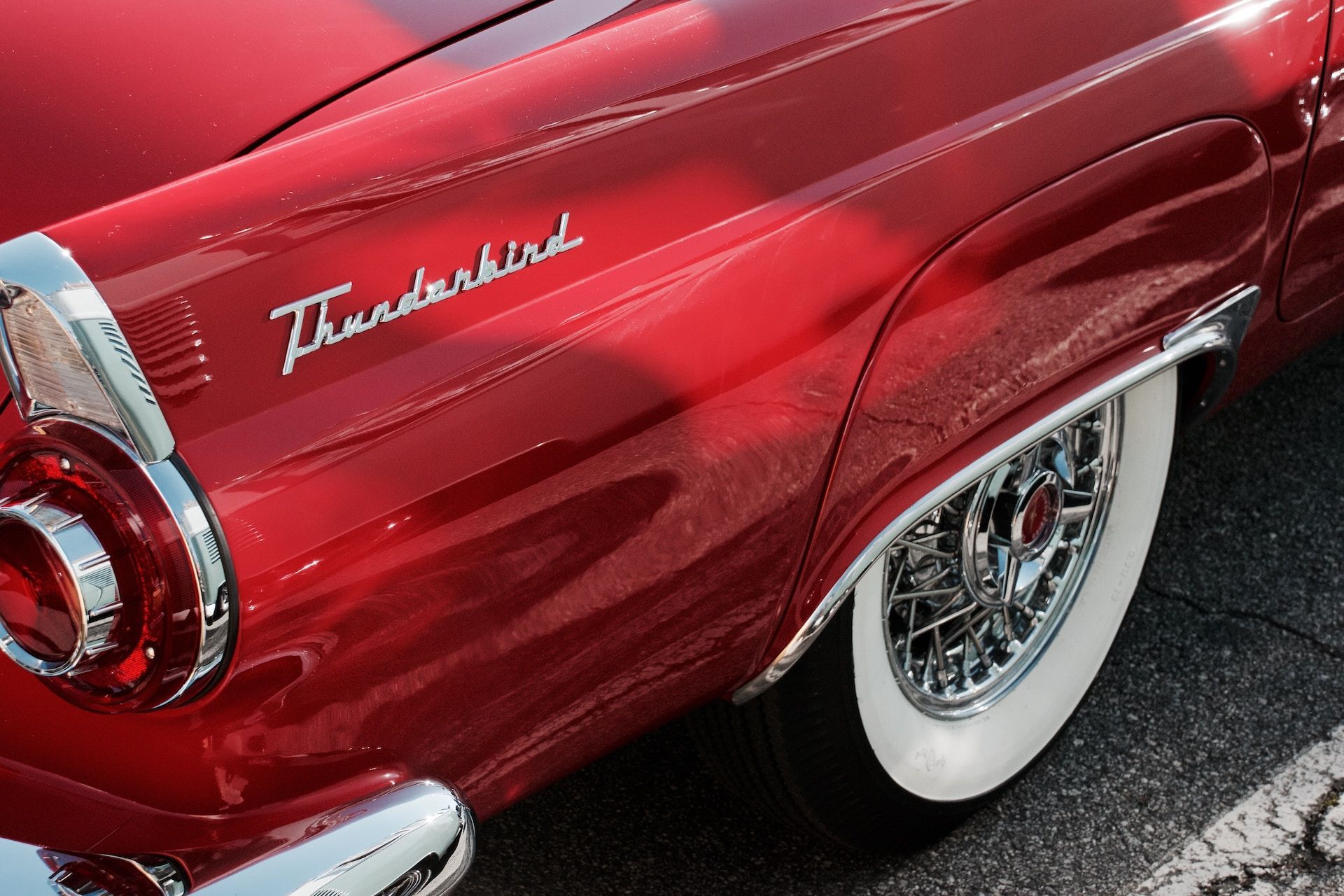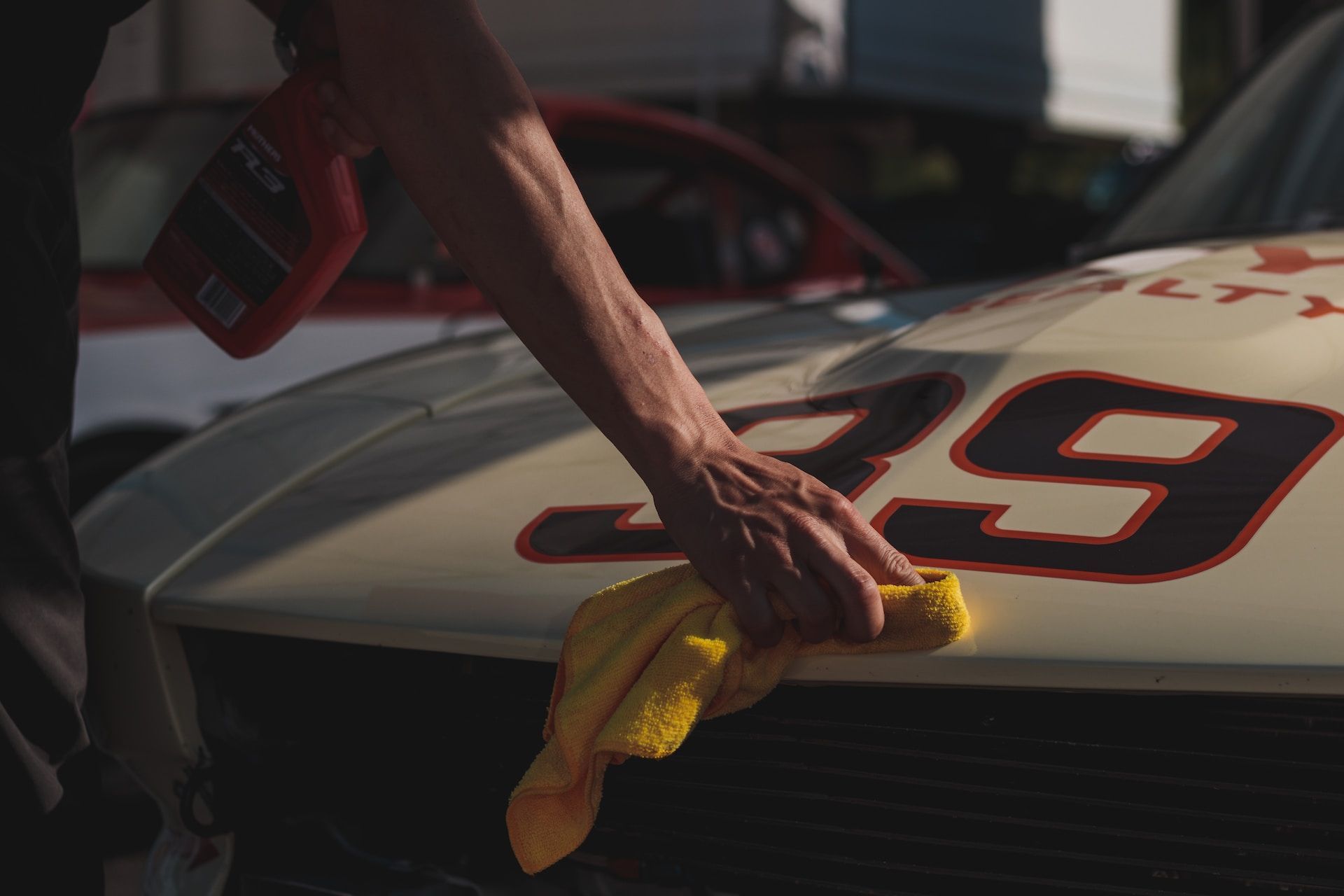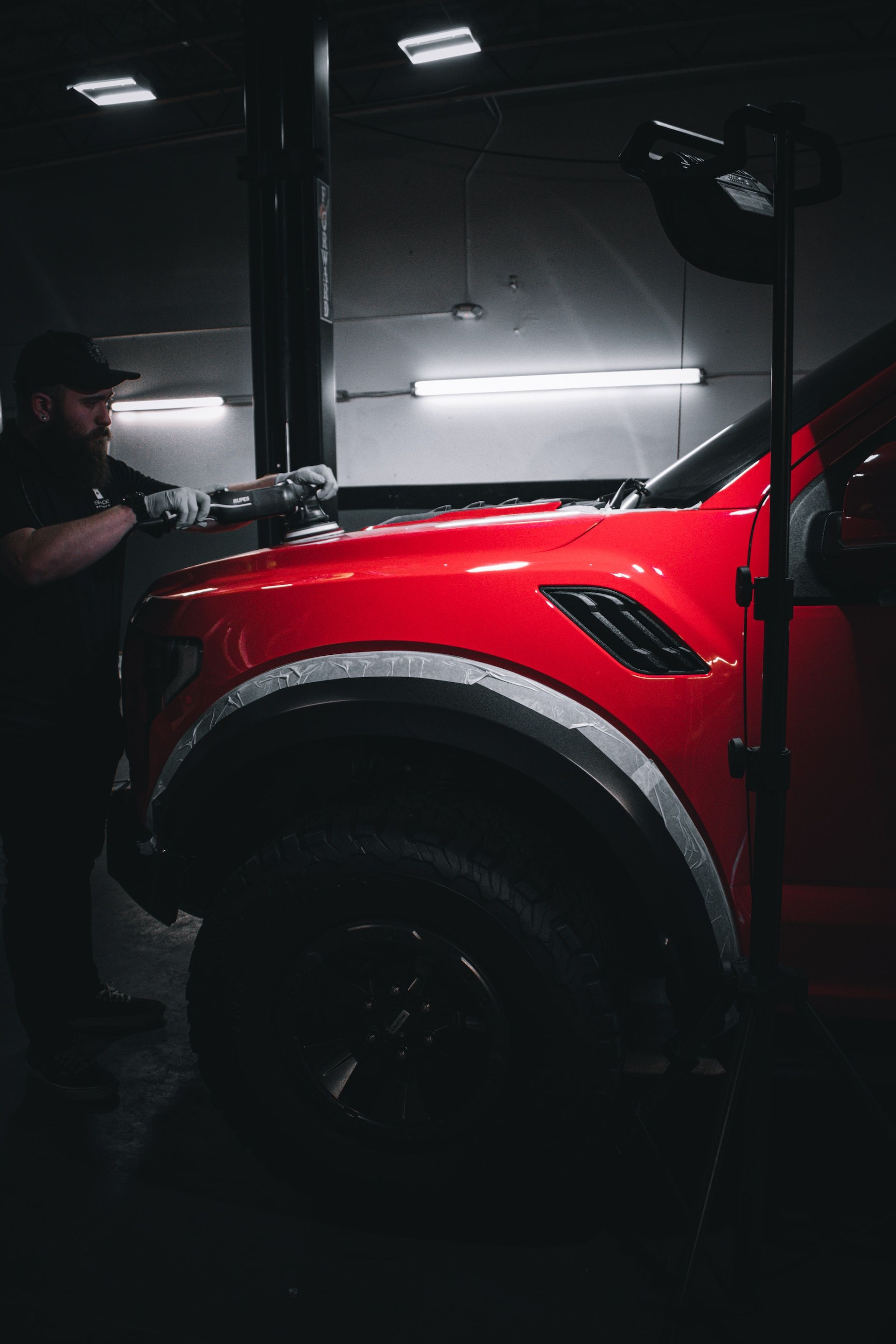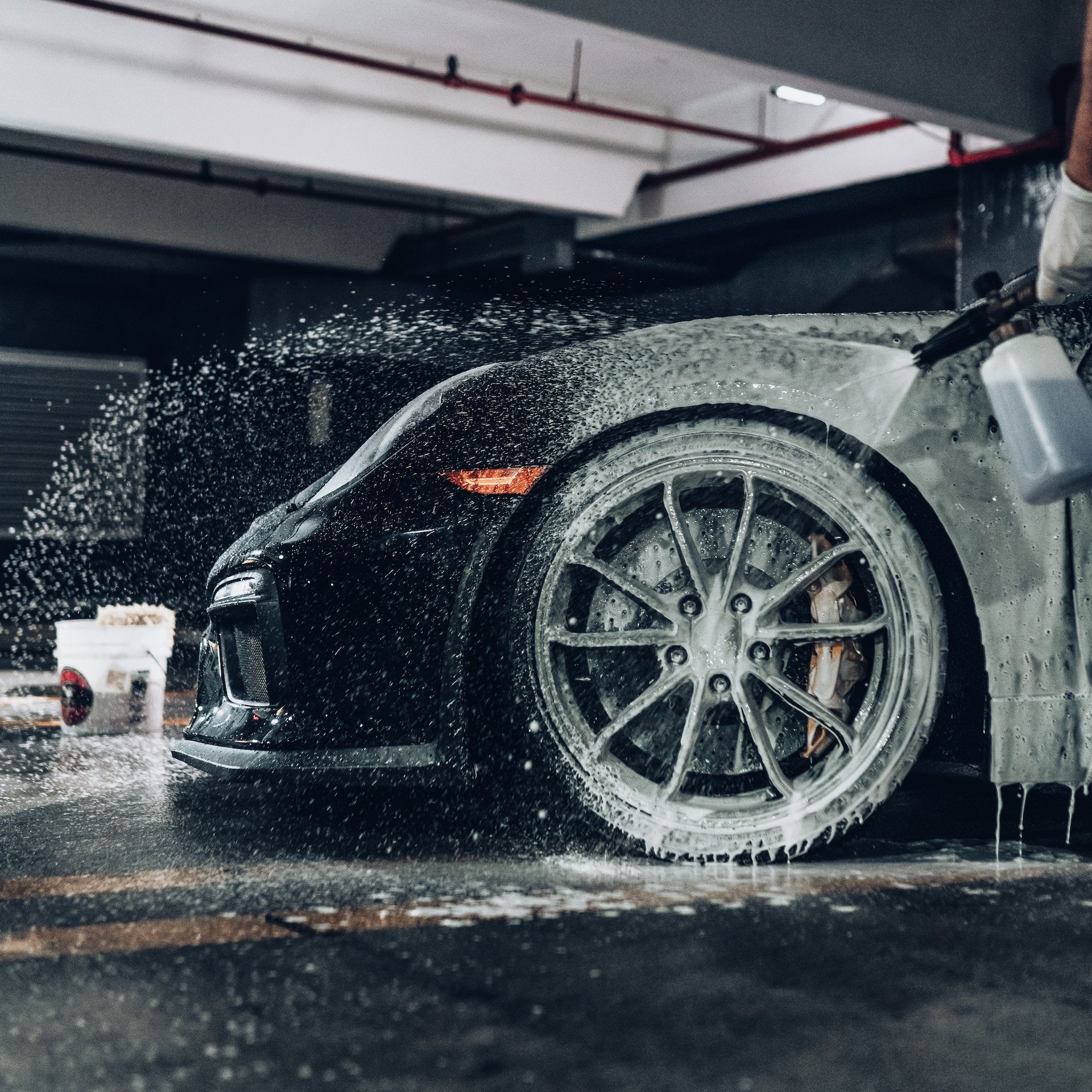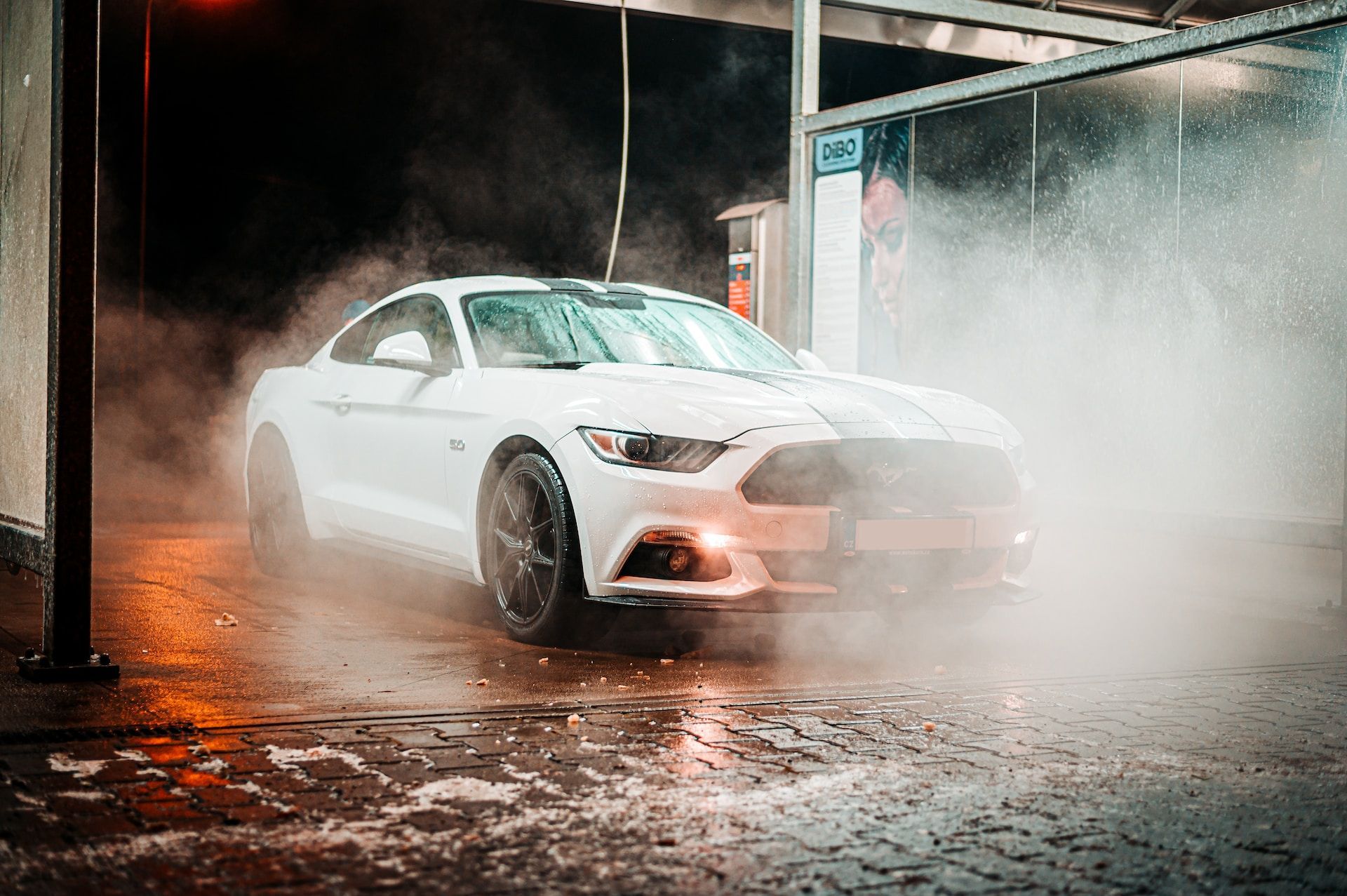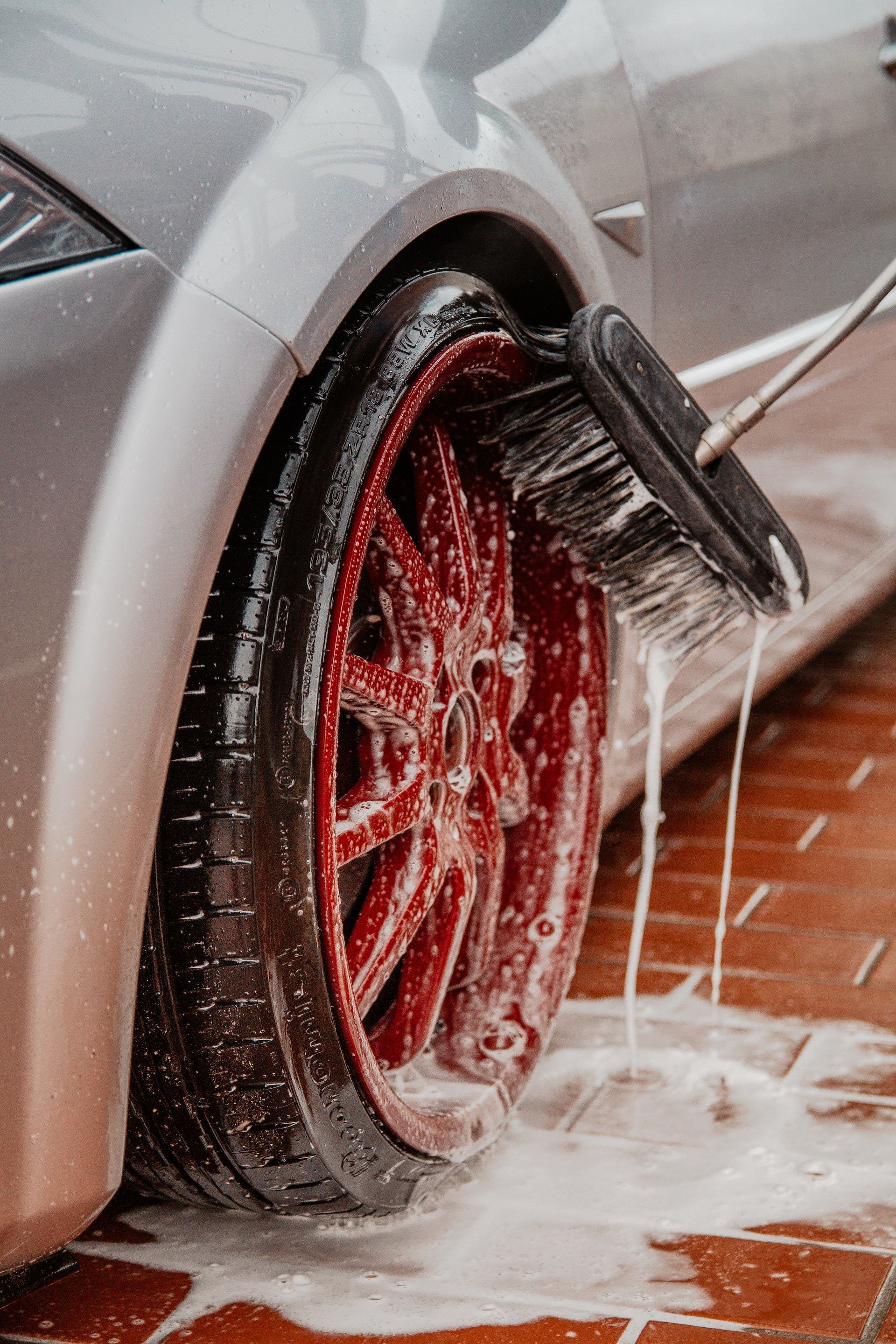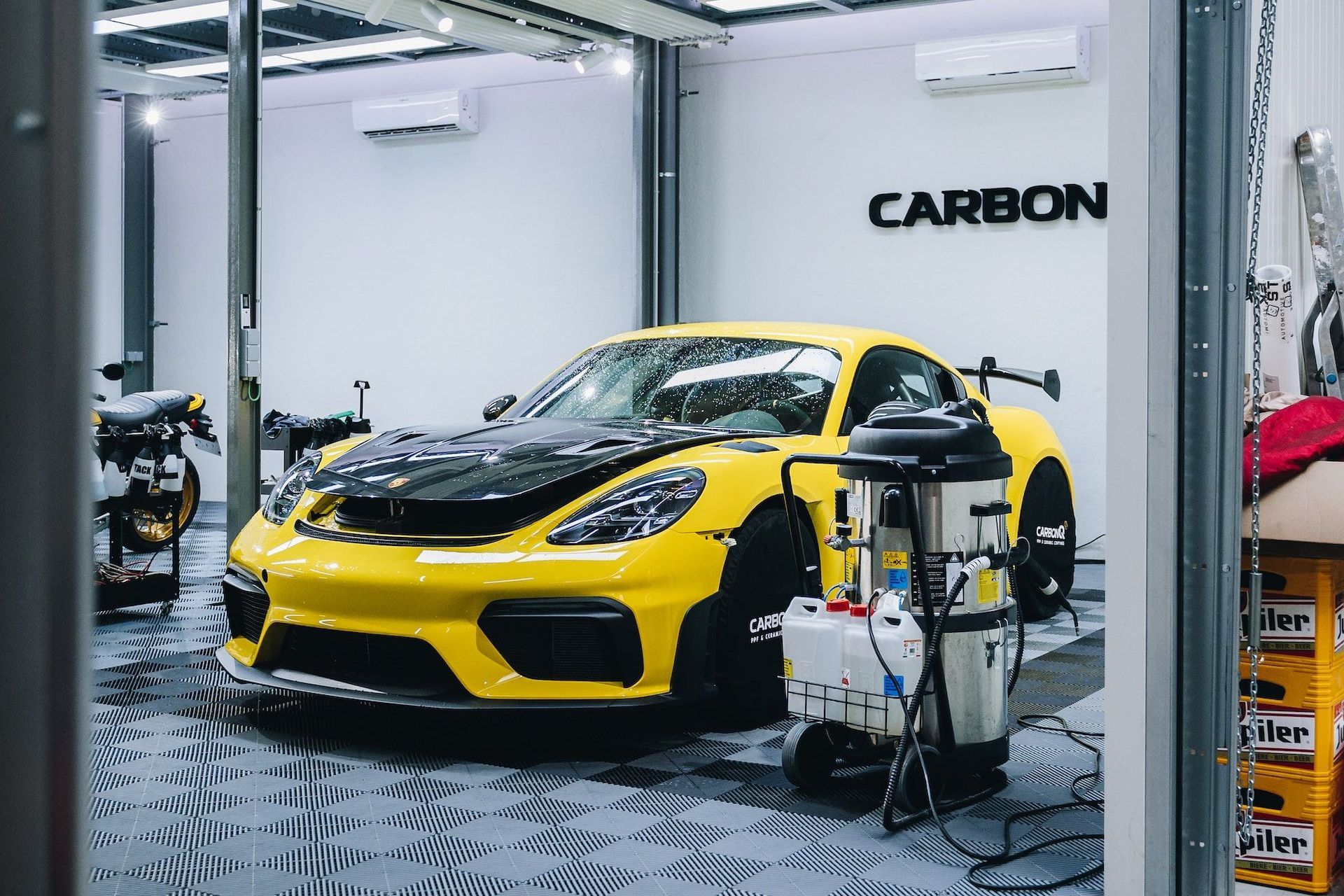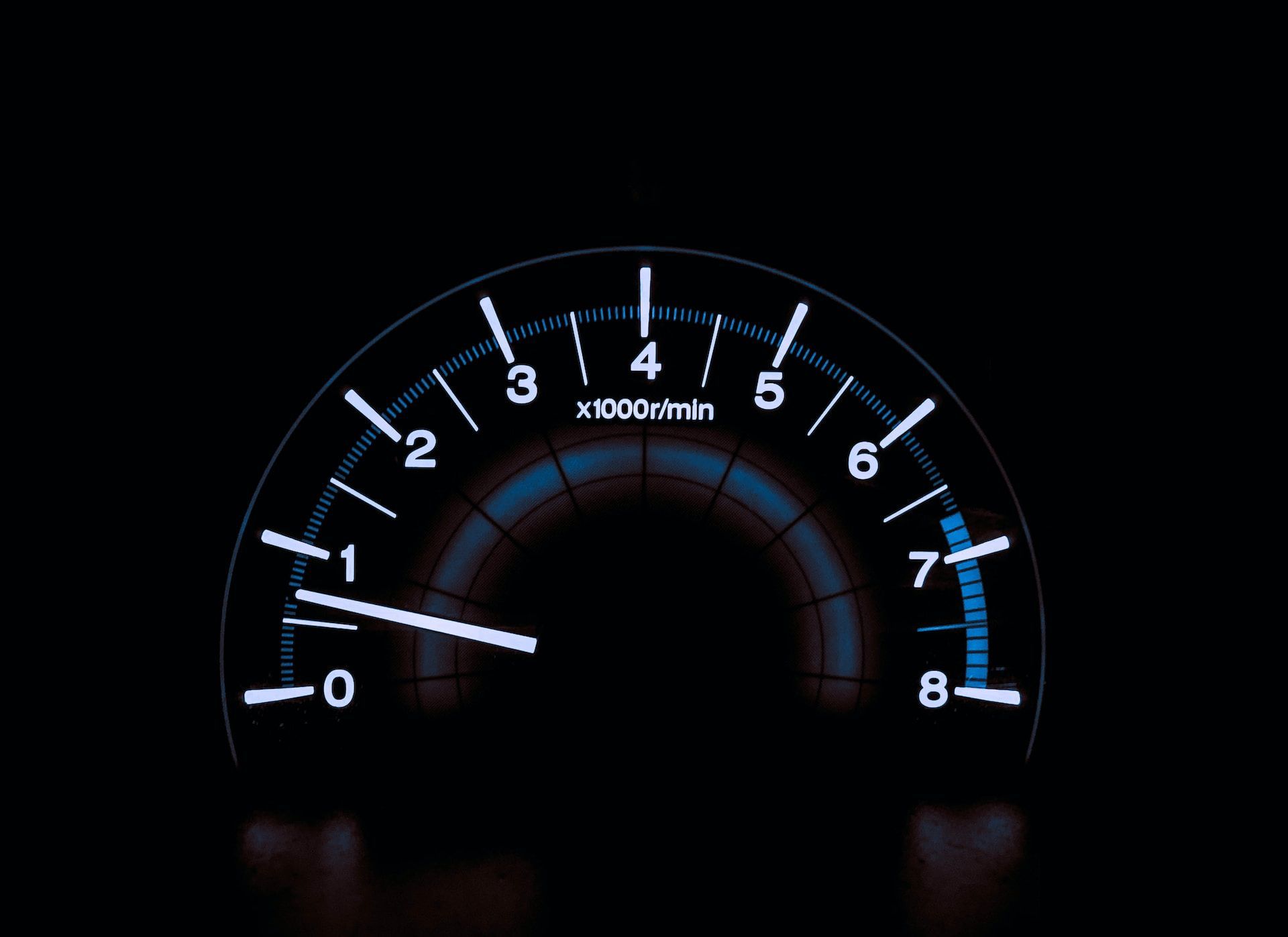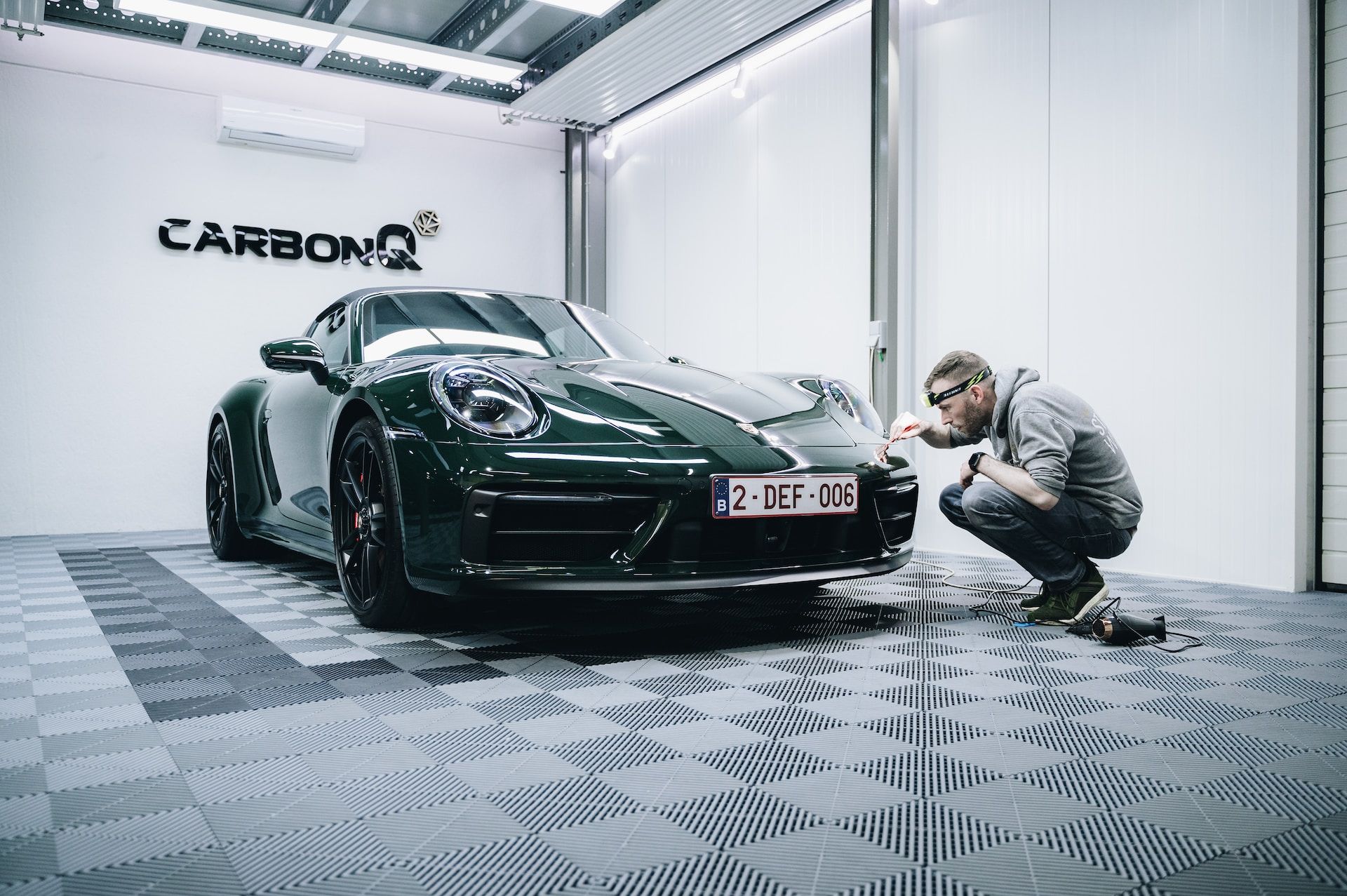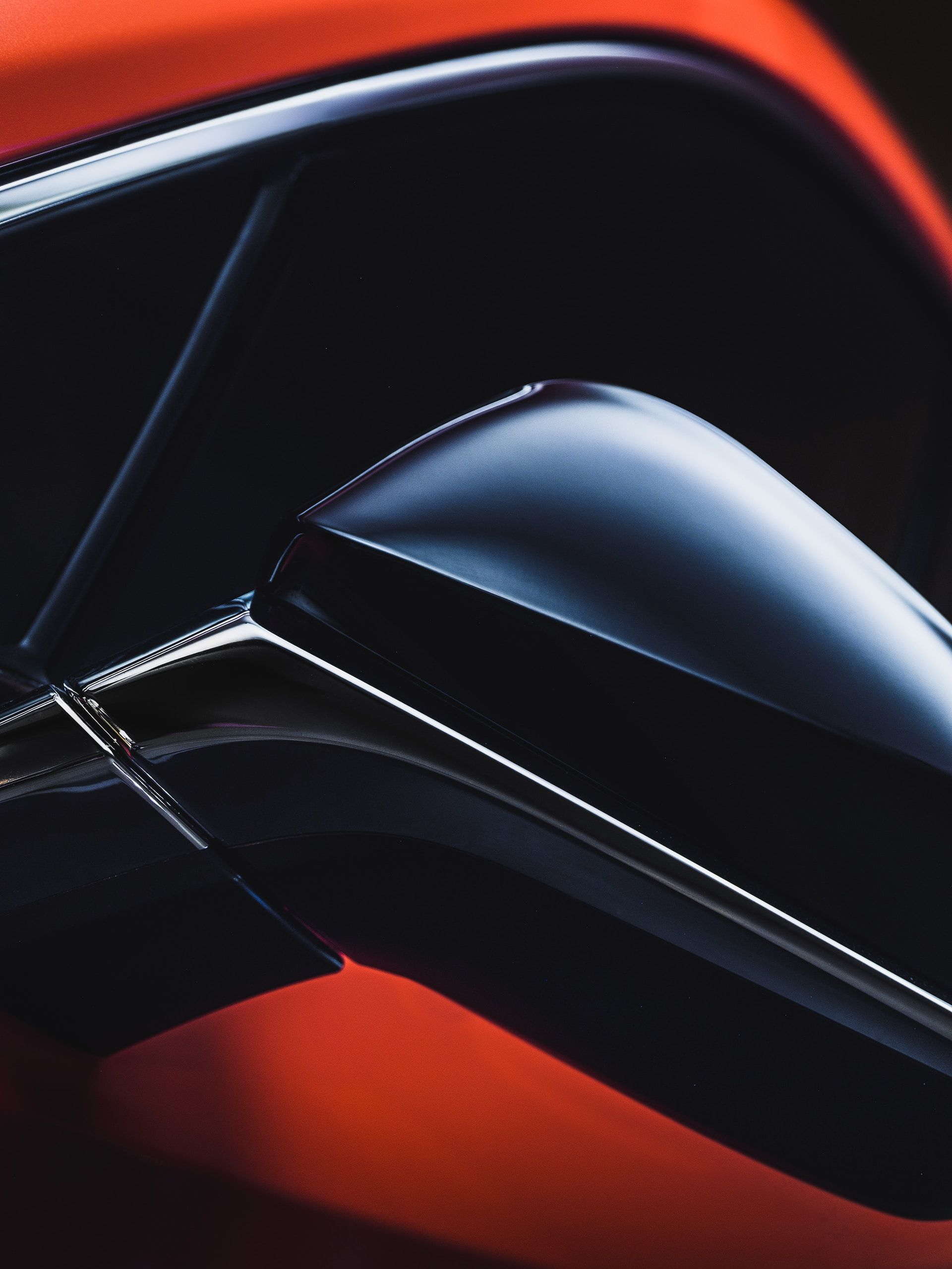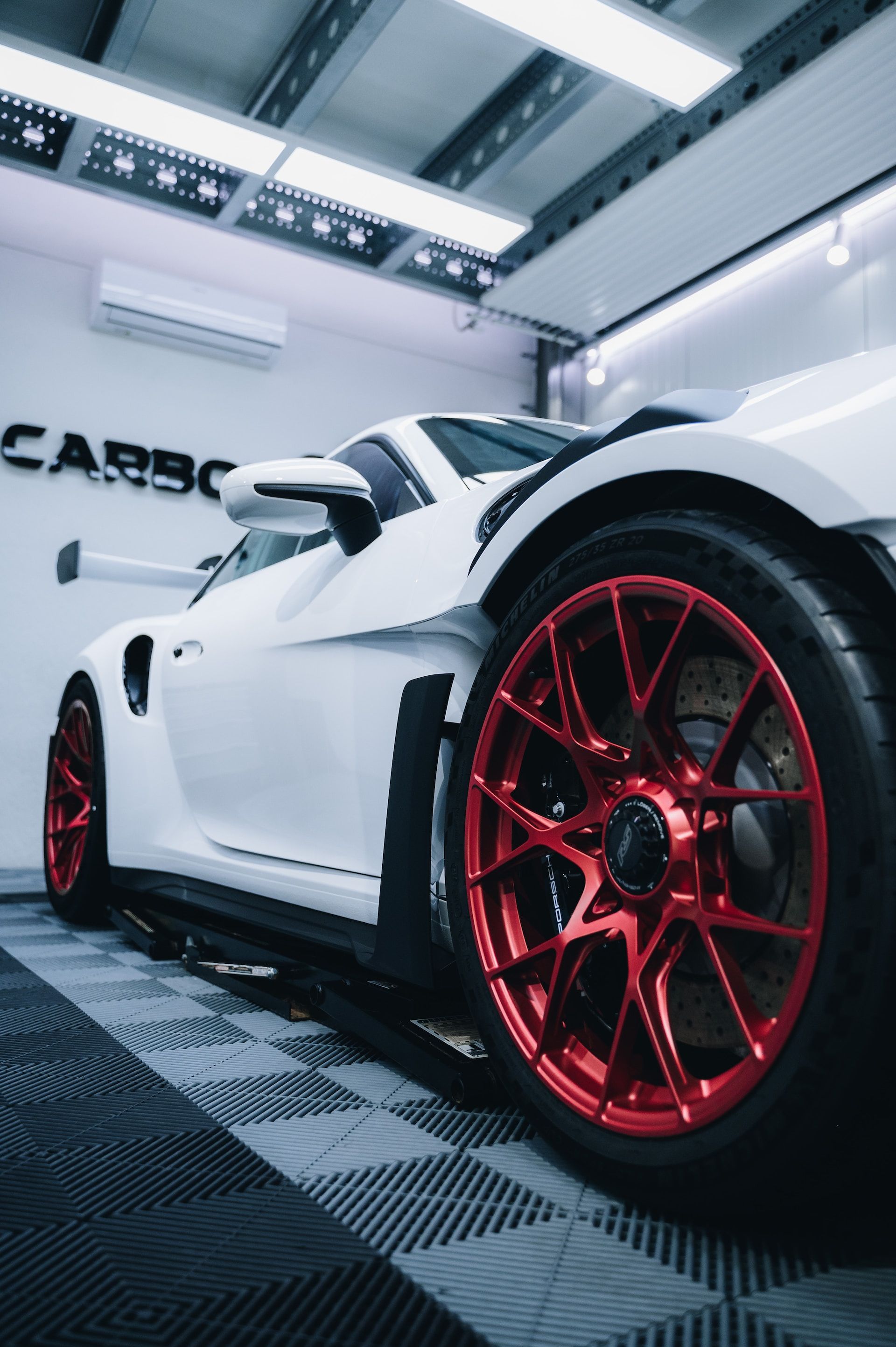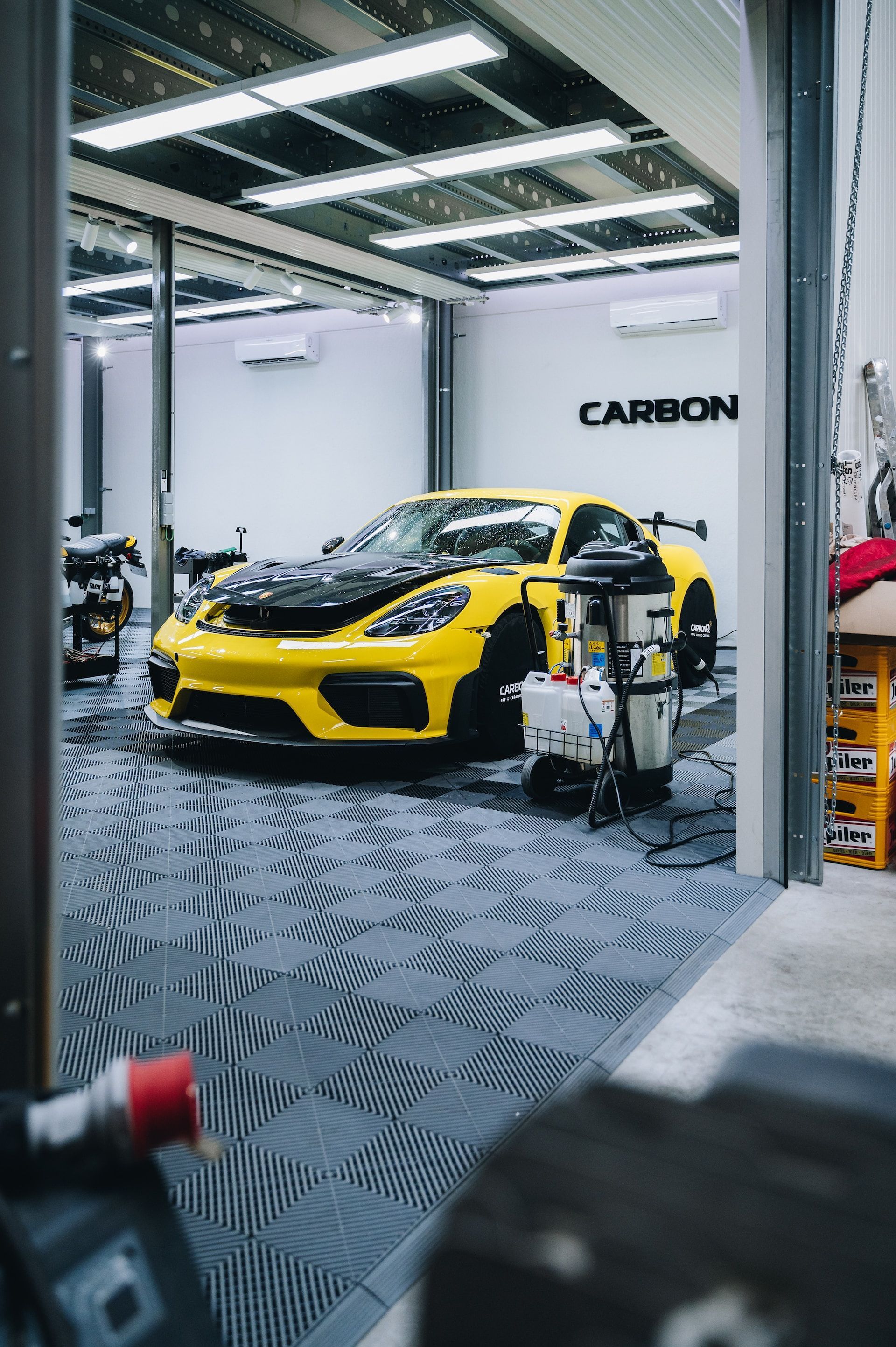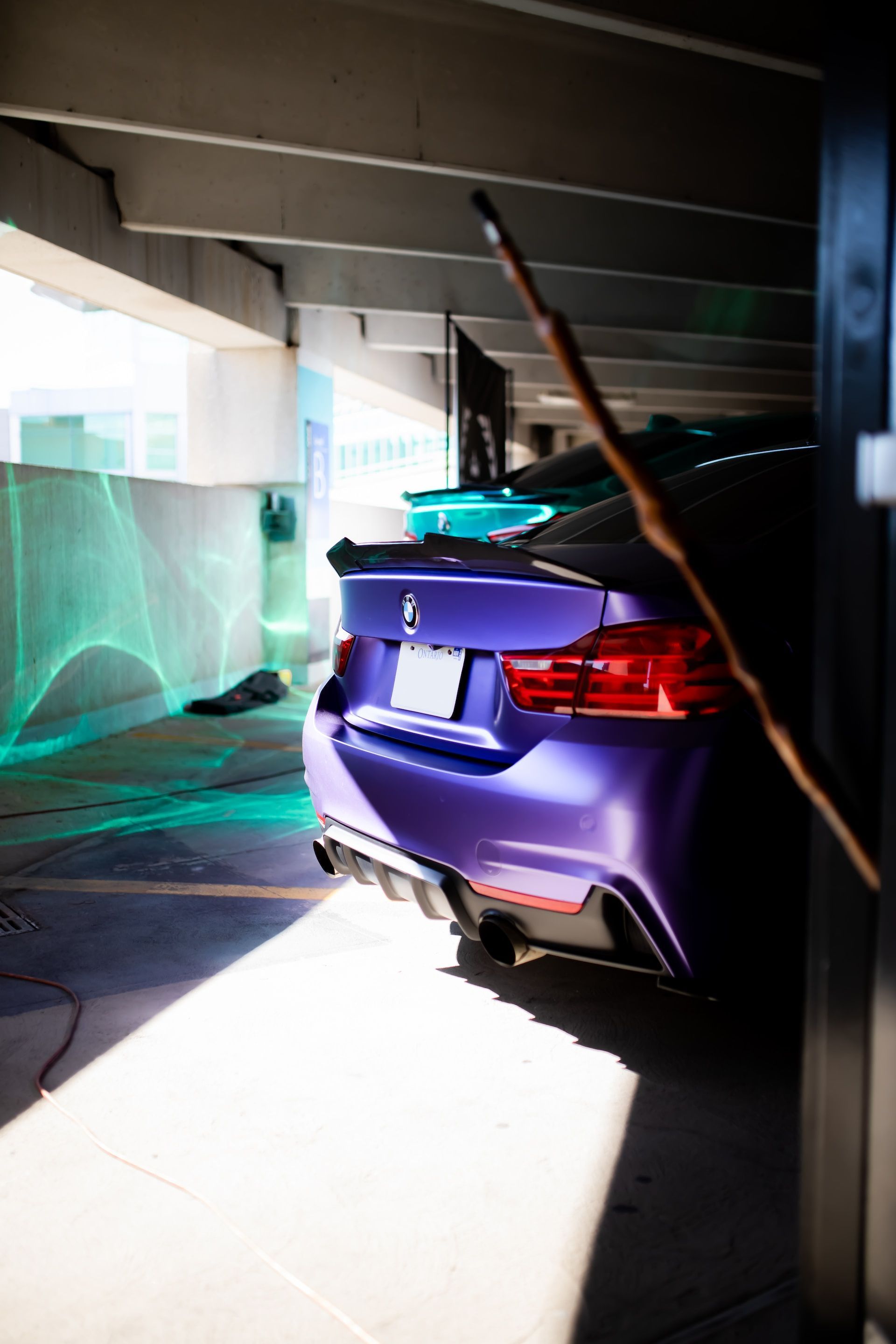Ceramic Coating for Wheels: Ultimate Guide to Protection & Shine
Introducing Wheel Ceramic Coating
If you're an automotive enthusiast, then you know that the wheels are one of the most important parts of a car. They not only contribute to its overall appearance but also play a crucial role in its performance and safety. Therefore, it's essential to take good care of your wheels and protect them from damage caused by environmental elements.
Definition of Ceramic Coating for Wheels
Ceramic coating is a high-tech solution designed to protect surfaces from various external influences such as UV rays, acidic substances, dirt, and debris. In the context of wheel protection, ceramic coatings are formulated using advanced nanotechnology to provide a hard and durable layer that bonds with the surface. Its unique chemical properties make it resistant to scratches, abrasions, and corrosion.
Importance of Ceramic Coating for Wheels
Your car's wheels are frequently exposed to various environmental factors such as mud, sand, saltwater spray in coastal areas or even bird droppings which can cause unsightly stains on the surface if left untreated for long periods. Additionally, brake dust accumulation can cause severe damage over time if not dealt with appropriately since it is abrasive enough to scratch your wheels' finish permanently. Ceramic coating helps protect your wheels from all these hazards while maintaining their lustrous shine.
Brief History of Ceramic Coating for Wheels
Ceramic coatings have been around for some time but were initially utilized only in aerospace engineering due to their robustness against extreme temperatures and highly corrosive environments. Over time they became more popular in other industries such as automotive and marine applications due to their ability to protect against UV rays and provide long-lasting surface protection. Today many detailers worldwide offer ceramic coating services using innovative techniques specifically designed for different applications including wheel protection.
Benefits of Ceramic Coating for Wheels
Protection against Environmental Elements:
One of the major benefits of ceramic coating for wheels is providing complete protection against environmental elements. Wheels are exposed to various environmental factors, including UV rays, rain, dust, and dirt. Over time these elements can cause damage to the wheels by corroding the surface or fading the color.
Ceramic coatings create a barrier between the wheel surface and these damaging elements. It helps in preventing damage from chemicals such as brake dust that can eat away at factory finishes.
Resistance to Scratches and Abrasions:
Another significant advantage of ceramic coating for wheels is its ability to resist scratches and abrasions. Wheels are prone to scratching during daily driving or roadside debris impact while driving down highways. Ceramic coatings have properties that enable them to act as a protective layer against any scratches or abrasions that may occur on your wheels’ surface.
Easy Maintenance and Cleaning:
Maintaining clean wheels is not an easy task because they accumulate dirt and grime quickly due to their proximity to brakes and tires that produce dust particles while driving. With ceramic coating, cleaning becomes easier since it creates a hydrophobic layer on your wheel’s surface; this repels water and prevents dust accumulation from sticking onto your rims.
Long-Lasting Durability:
Ceramic coatings provide long-lasting durability that lasts several years compared to traditional waxing or sealant methods, which may only last up to six months before needing reapplication. Once applied correctly, ceramic coatings become part of the wheel’s structure and do not wear off easily under normal use conditions; this provides long-term protection against harmful environmental factors such as UV rays, acid rain, salt spray corrosion among others.
Investing in ceramic coating for your wheels can significantly improve their longevity by protecting them against environmental factors, scratches and abrasions, while also making them easier to clean and maintain. Ceramic coating provides long-lasting durability, which not only saves you money in the long run but also keeps your wheels looking new for years to come.
How Ceramic Coating Works on Wheels
Chemical Composition and Properties of Ceramic Coatings
Ceramic coating for wheels is a liquid polymer that consists of a chemical mixture of SiO2 (silica dioxide) and TiO2 (titanium dioxide). Once applied, the coating forms a protective layer over the wheel surface, which is resistant to environmental elements such as dirt, dust, road grime, UV rays, acids and oils. Ceramic coatings typically have high chemical toughness properties that make them highly effective against scratches and abrasions.
Application Process and Techniques
The application process for ceramic coating on wheels varies depending on the type of product used. However, most ceramic coatings are applied using foam applicators or microfiber cloths. The wheel surface must be thoroughly cleaned before application to ensure that there’s no dirt or grease that could interfere with the bonding process.
The ceramic coating should be applied thinly in small sections and evenly spread over the entire surface of the wheel. Once applied, it's recommended to wait for at least 24-48 hours before driving as this allows enough time for the coating to cure completely.
Curing Time and Temperature
Curing time is an essential factor in determining how effective a ceramic coating will be on your wheels. Ceramic coatings generally require at least 24-48 hours of curing time before they can withstand wear and tear effectively.
During this time, it's best not to expose your coated wheels to extreme temperatures or any kind of moisture as this could compromise their integrity. It's also important to ensure that the curing temperature is maintained within an optimal range - typically 60°F to 80°F – as anything outside this range may significantly affect the effectiveness of your ceramic coated wheels.
Types of Ceramic Coatings for Wheels
Ceramic coatings come in different types, each with their unique properties and benefits. Here we will delve into the three main types:
Nano-ceramic coatings
Nano-ceramic coatings, also known as ceramic nano-coatings, are the most popular type of ceramic coating for wheels. These coatings are made up of nanoparticles that bond tightly with the surface of the wheel to create a strong protective layer. One of the benefits of nano-ceramic coatings is their hydrophobic nature, which repels water and prevents dirt and grime from sticking to your wheels.
This property makes them an excellent choice if you live in an area with frequent rain or snowfall. Nano-ceramic coatings do not last forever but can last up to two years with proper maintenance.
Quartz-based coatings
Quartz-based ceramic coatings are made from silicon dioxide, commonly known as quartz. These types of coatings are slightly harder than nano-ceramic coatings and provide better protection against scratches and swirl marks. One benefit of quartz-based ceramic coating is its high resistance to UV rays.
This is especially important if you live in areas with strong sunlight as it ensures your wheels remain protected from fading or discoloration. The downside is that quartz-based ceramic coating may not be as hydrophobic as nano-ceramic coating, meaning they may require more frequent cleaning if exposed to a lot of moisture or dirt.
Polymer-based coatings
Polymer-based ceramic coatings are made by blending synthetic resins with other materials such as silica or titanium dioxide. They offer superior heat resistance compared to other options because polymers can withstand temperatures up to 1000 degrees Celsius.
One of the biggest benefits of polymer-based ceramic coatings is their ease of application. They dry quickly, and unlike other types of ceramics coatings, they do not require a lot of surface preparation before application.
The downside to polymer-based ceramic coating is that they cannot match the durability and longevity offered by nano-ceramic or quartz-based ceramic coating. They typically last for up to six months.
The right type for you
Choosing the right type of ceramic coating for your wheels will depend on your specific needs and preferences. If you’re looking for long-lasting durability, then nano-ceramic or quartz-based coatings may be the best choice.
If you prioritize resistance to scratches and swirl marks, quartz-based ceramic coatings are a good option. However, if ease of application is more important than longevity or scratch resistance, then polymer-based ceramic coatings could be worth considering.
Preparing Your Wheels for Ceramic Coating Application
Cleaning the Wheels Thoroughly
Before applying ceramic coating on your wheels, it is important to ensure they are properly cleaned. A clean surface will allow the coating to bond effectively and provide maximum protection. Start by washing your wheels with a high-quality car shampoo and a non-abrasive wash mitt or sponge.
Make sure to thoroughly clean the wheel face, spokes, and barrels. Use a wheel brush to reach difficult areas such as lug nut openings, crevices, and corners.
Removing Any Existing Wax or Sealant
If you previously applied wax or sealant on your wheels, you will need to remove it before applying ceramic coating. Wax or sealant can interfere with the bonding process of ceramic coatings and reduce their effectiveness. Use a wax remover specifically designed for wheels, apply it using a microfiber towel or applicator pad in circular motions until all traces of wax or sealant are gone.
Drying the Wheels Completely
After cleaning and removing any existing wax or sealant from your wheels, make sure they are completely dry before applying ceramic coating. Any water remaining on the surface of your wheels will also interfere with the bonding process of ceramic coatings; therefore, it is essential that you dry them off entirely using a microfiber towel that won't leave any lint behind.
By following these preparatory steps carefully, you'll be able to provide your wheels with added protection against environmental elements while maintaining their aesthetic appeal. Remember that proper preparation is key when it comes to ensuring that ceramic coatings work to their fullest potential and last as long as possible!
Application Process of Ceramic Coating on Wheels
Masking off areas that do not need to be coated
Before applying the ceramic coating, it is important to mask off any areas that do not need to be coated. This includes areas such as tire sidewalls and brake calipers. Masking tape can be used for this purpose.
It is important to ensure that the masking tape is tightly adhered to the surface and covers the entire area that needs to be masked off. This will ensure that no ceramic coating gets onto those areas, which may cause damage or discoloration.
Applying a thin layer of the coating onto the wheel
Once the wheels are clean and dry, it's time to start applying the ceramic coating. It is recommended to work on one wheel at a time.
The ceramic coating should be applied in a thin layer with an applicator pad or microfiber cloth, starting from the top of the wheel and working your way down. Spread out the product evenly across all surfaces of each wheel, including spokes, rim edges, and inner barrels.
Waiting for the coating to cure before applying additional layers
After applying a thin layer onto each wheel, it is important to wait for at least 30 minutes before applying another layer of ceramic coating. Waiting longer than 30 minutes may cause curing issues because most coatings cure quickly in air moisture below 70%.
Once you have applied all desired layers required by your choice of manufacturer’s instructions (usually 1-2), allow sufficient time for curing before remounting your wheels onto your vehicle. Overall, properly applying ceramic coatings requires patience and attention-to-detail as you follow specific techniques from manufacturer’s instructions on application process while protecting other parts such as brakes and tire sidewalls during masking-off process..
Maintenance Tips After Applying Ceramic Coating on Wheels
Avoid Using Harsh Chemicals When Cleaning Your Coated Wheels
One of the major benefits of ceramic coating for wheels is that it reduces the need for harsh chemicals during cleaning. However, it's still important to choose your cleaning products carefully.
Avoid acidic cleaners or those with high levels of alkaline as these can damage the coating and reduce its effectiveness in protecting your wheels. Instead, use a pH-neutral cleaner that won't strip away the coating or cause any unwanted reactions.
Regularly Wash Your Coated Wheels
While ceramic coatings provide long-lasting protection against environmental elements and scratches, they cannot protect against everything. Regular washing is essential to maintain the appearance and longevity of your coated wheels. Use a non-abrasive mitt or sponge along with a pH-neutral soap to remove dirt and grime without damaging the coating.
Conclusion
Ceramic coatings are an excellent investment for anyone looking to protect their car's wheels from wear and tear while also improving its appearance. Not only does it provide long-lasting durability, but it also makes them easier to clean and maintain.
By taking proper care of your coated wheels through regular washing and avoiding harsh chemicals, you can enjoy their benefits for years to come. Investing in ceramic coatings is one step towards keeping your car looking like new while enjoying all that life has to offer on the road!
Scottsdale Auto Detailing Blog
A Mobile Car Detailer in Scottsdale
drop us a line for a personalized car detailing plan
Services
We provide detailing in:
Scottsdale, Paradise Valley, Phoenix, Tempe, Mesa, Chandler, Glendale & Gilbert
All Rights Reserved | Privacy Policy | Conditions of Use
